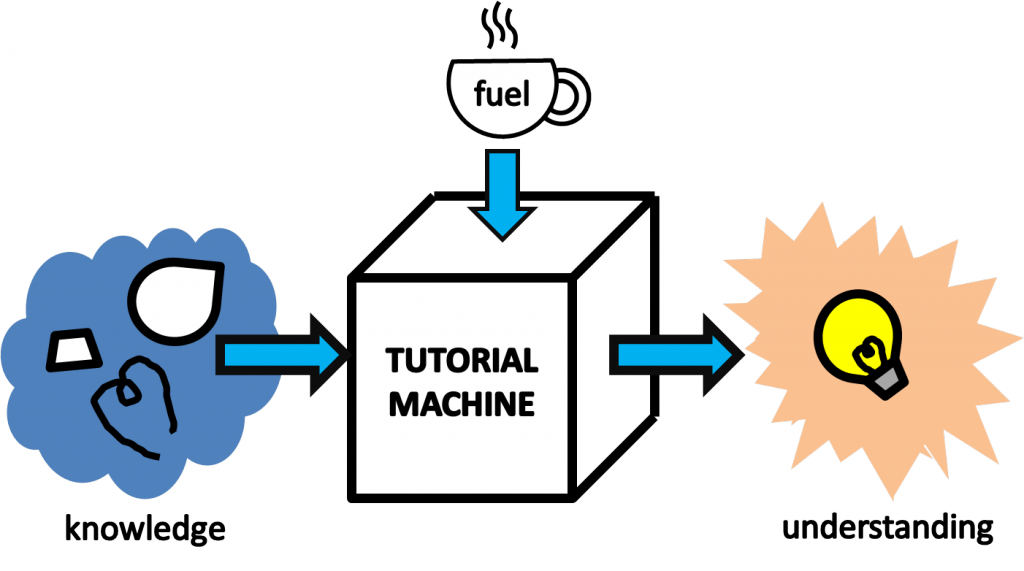Disclaimer: This blog post is in no way affiliated with David Attenborough. It's just way more fun if you read it in his voice.
***
It's Friday, just before nine in the morning, and we're here in the wilderness of the University of Toronto. If you look closely, you'll see that the sun has already taken to rising, even though it is 9am on a Friday and there is certainly no reason for anything to be up at all. But—wait! Look there! What first appear to be coffee cups floating down the streets on their own, now seem to be carried by some sort of... student creatures. It's rare to see students at this hour. Where might they be going? What might they be doing? Is this, perhaps, a rare migration to... tutorials?

But what exactly are these "tutorials"? And why are all these students heading there? Let's take a closer look.
Some knowledgeable people have described tutorials as sessions which are largely "participatory and interactive". But what does that mean to students? What is the purpose of a tutorial? If we scratch beneath the surface, we find that tutorials are meant to get students engaging with material, to help them learn to understand it better, and to develop the skills needed to process the raw information found in lectures and textbooks. The hope, we find, is that a student enters tutorial with information, knowledge, or skills gained from lectures and readings, and exits with a better understanding. The process looks something like this:

Of course, just as with many other things in nature, tutorials come in many shapes and sizes. And, while each tutorial is a little different from the next, we can categorize them under four main species:
- Discussion based tutorials focus on engagement through conversation and discussion. While all tutorials encourage student engagement, these sessions stand out for focusing on critical discussions about materials covered in class.
- Skill development tutorials focus on providing opportunities for students to develop, practice, and enhance certain skills. These sessions may focus on developing critical thinking, writing, reading, reflection, problem solving, and anything else of the form "____ skills".
- Q&A/Review tutorials encourage students to interact with material by responding to student questions, and offer an opportunity to better understand expectations for assignments, tests, or exams.
- Lab or practical tutorials [formerly classified as distinct sessions, but now known to belong to the tutorial family] provide students with a hands-on learning experience, and the opportunity to perform tests and experiments relating to course content.
Of course, no matter the size or species, tutorials tend to share a few common features. For example, they tend to be led by Teaching Assistants (TAs), whose jobs are to facilitate the engagement of students in tutorials (we'll talk more about these fascinating creatures—and how they're not so different from us!—next week); and they all tend to promote critical thinking and problem solving.
Perhaps more importantly, however, if tutorials are to help with student understanding, then there must be some pre-existing information with which to engage. Despite some snickering from quantum physicists, it is generally understood that one simply cannot make something from nothing. Tutorials provide the most opportunity for students to engage with the information they are given, and to apply it to the real world and make their education more meaningful; but they need that initial information. [So go to your tutorials prepared!]
Next week, we explore the wonderful world of TAs. Until then, I'm David Attenborough Charles—Just, Charles.
Have a question or story about tutorials? Leave a comment and let us know!
For more nerdy insights on tutorials and recent changes to them, check out the March 2014 Report of the Joint Working Group on Undergraduate Tutorials.
0 comments on “Exploring Tutorials With[out] David Attenborough”